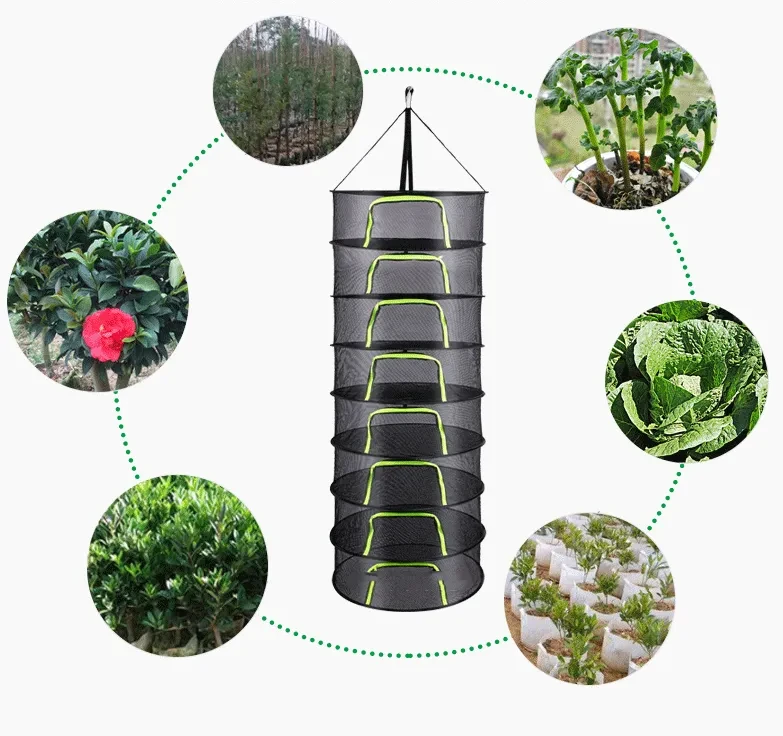
Plant Drying Rack
Product information:
Product category: drying net
Material: Mesh cloth, Oxford cloth, stainless steel ring
Can it be folded: yes
Can be scaled: yes
Drying basket style: more than four layers
Packing quantity: 1
Color: fluorescent green
Packing list:
Drying net*1
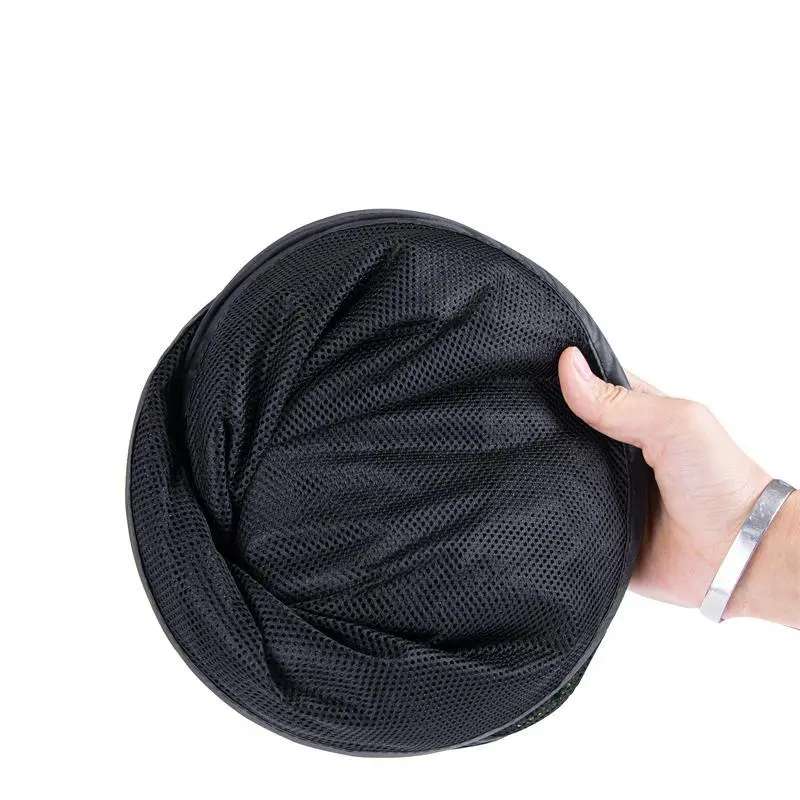
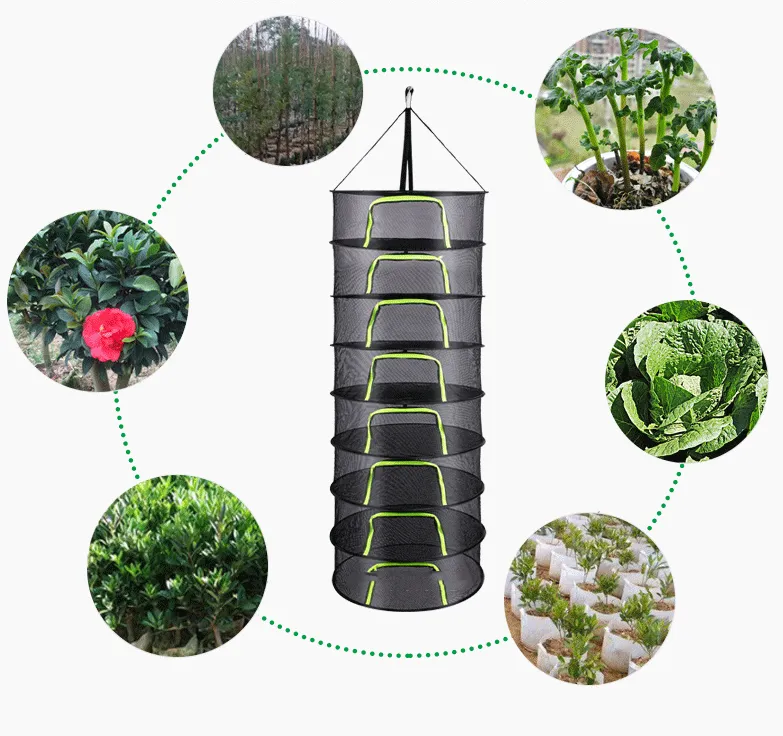
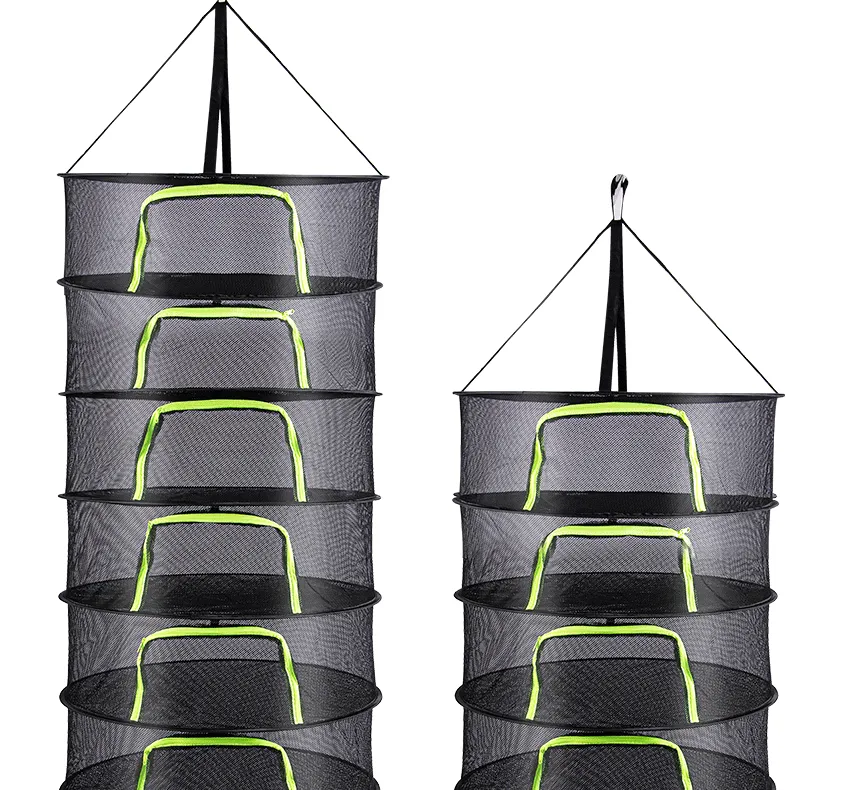
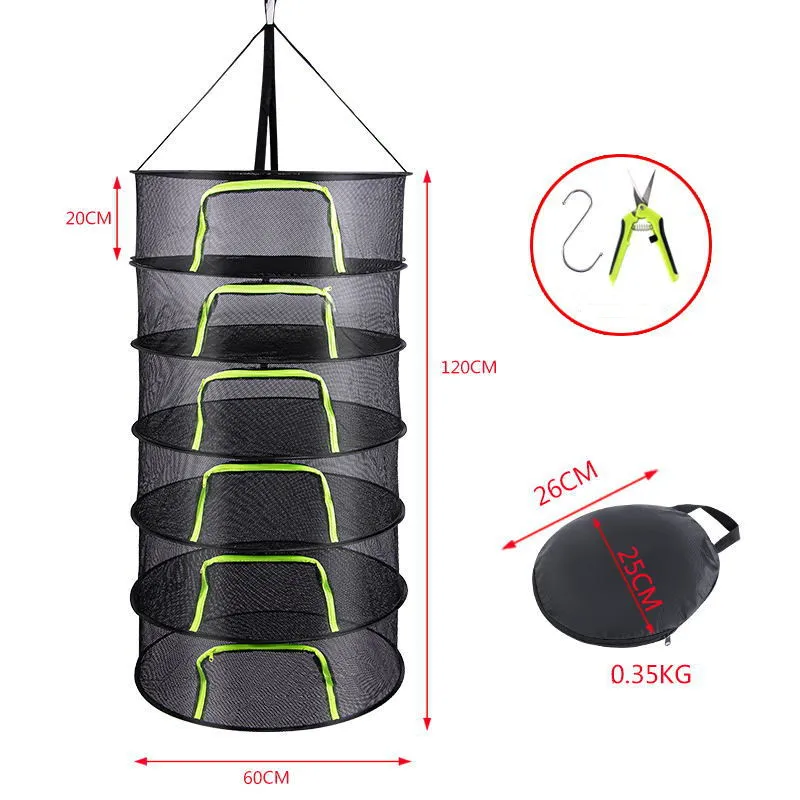
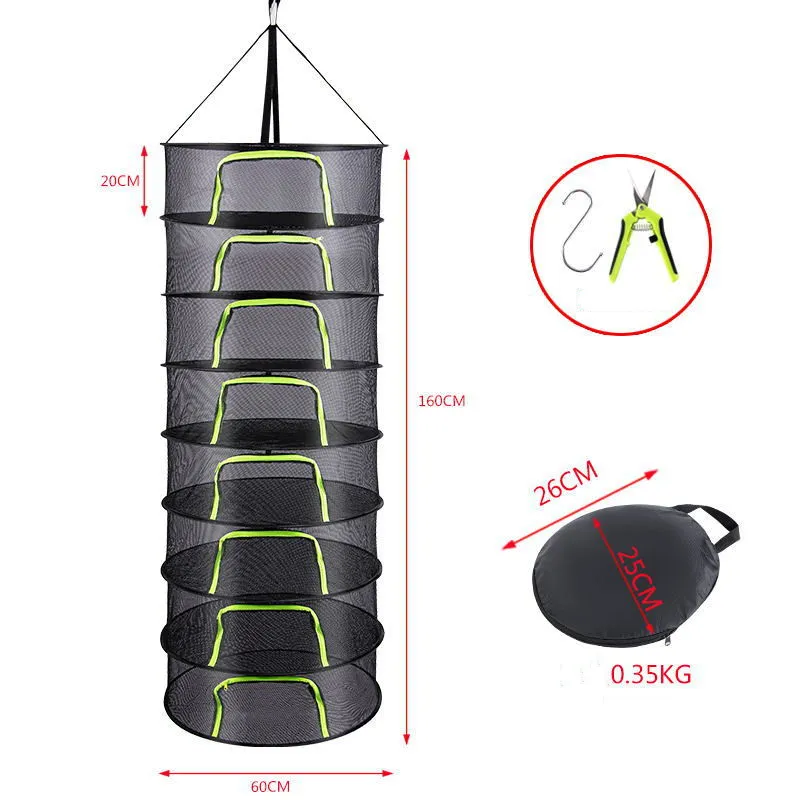
Plant Drying Rack: The Ultimate Guide to Choosing the Right One
Introduction
If you’re a gardening enthusiast, especially one who enjoys growing herbs, flowers, and vegetables, having an efficient plant drying rack is essential. A drying rack allows you to dry various types of plants, including herbs, flowers, and veggies, in a clean, organized, and efficient way. With the right plant drying rack, you can preserve the quality of your plants and prepare them for use in cooking, tea, or decoration.
Types of Plant Drying Racks
1. Hanging Mesh Drying Rack
Hanging mesh drying racks are a popular choice for many gardeners. Typically made of several mesh layers that can be hung in a well-ventilated space, this design allows air to circulate freely around your plants, speeding up the drying process. Some racks even come with covers to protect your plants from dust and insects.
2. Tiered Wooden or Bamboo Drying Rack
Tiered drying racks made from natural materials such as wood or bamboo offer an aesthetic and functional solution for drying plants. These racks feature multiple levels or tiers where you can place plants, maximizing your drying space without needing a large footprint. The natural materials also provide an organic look, blending well with indoor or outdoor garden settings.
3. DIY (Do-It-Yourself) Drying Racks
For those who enjoy crafting, DIY drying racks can be a fun and cost-effective project. Using simple materials like wire, string, and mesh fabric, you can create a personalized drying rack that fits your space and needs. DIY racks are often customizable and can be adapted to fit your unique garden setup.
Tips for Choosing the Right Plant Drying Rack
-
Air Circulation: Make sure the rack is designed to allow good airflow around your plants for efficient drying. This is
especially important for plants like herbs that need to dry quickly to maintain their potency.
-
Material: Choose a material that is durable and easy to clean. Natural materials like bamboo and wood offer a rustic
aesthetic, while plastic or metal options may offer greater longevity and sturdiness.
-
Size and Capacity: Consider the number of plants you want to dry and the amount of space available in your home or garden. A
larger, tiered rack allows you to dry more plants at once, but it will require more space.
-
Portability: If you plan to move the drying rack around or store it when not in use, look for a lightweight, collapsible
option that can be easily transported.
-
Price: Be sure to consider your budget. DIY racks can be an affordable option, while commercial racks might provide added
features but at a higher cost.
The product may be provided by a different brand of comparable quality.
The actual product may vary slightly from the image shown.
Shop amazing plants at The Node – a top destination for plant lovers

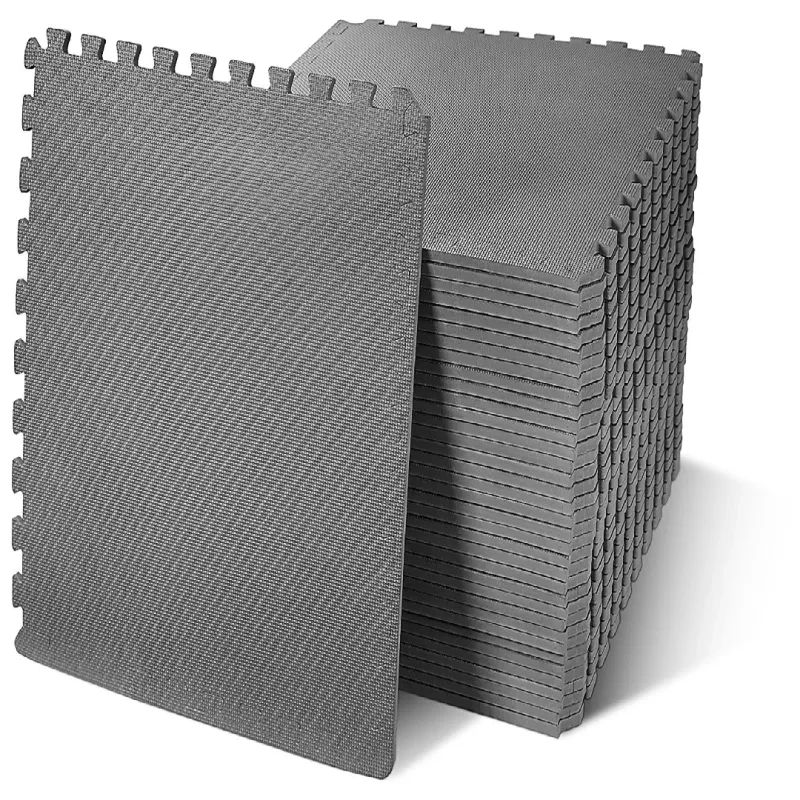














.jpg)









.jpg)





.jpeg)





.jpeg)



.jpeg)








.jpeg)



.jpeg)

.jpeg)

.jpeg)

.jpeg)




.jpeg)
.jpg)

.jpeg)






.jpeg)
.jpeg)




.jpeg)





.jpeg)


.jpeg)

.jpeg)

.jpeg)

.jpeg)







.jpeg)
.jpeg)
.jpeg)





.jpeg)



.jpeg)






.jpg)
.jpeg)









.jpg)


ulva-Logo.jpg)




.jpeg)



.png)







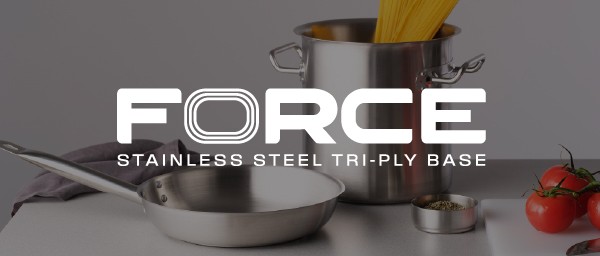







.png)























